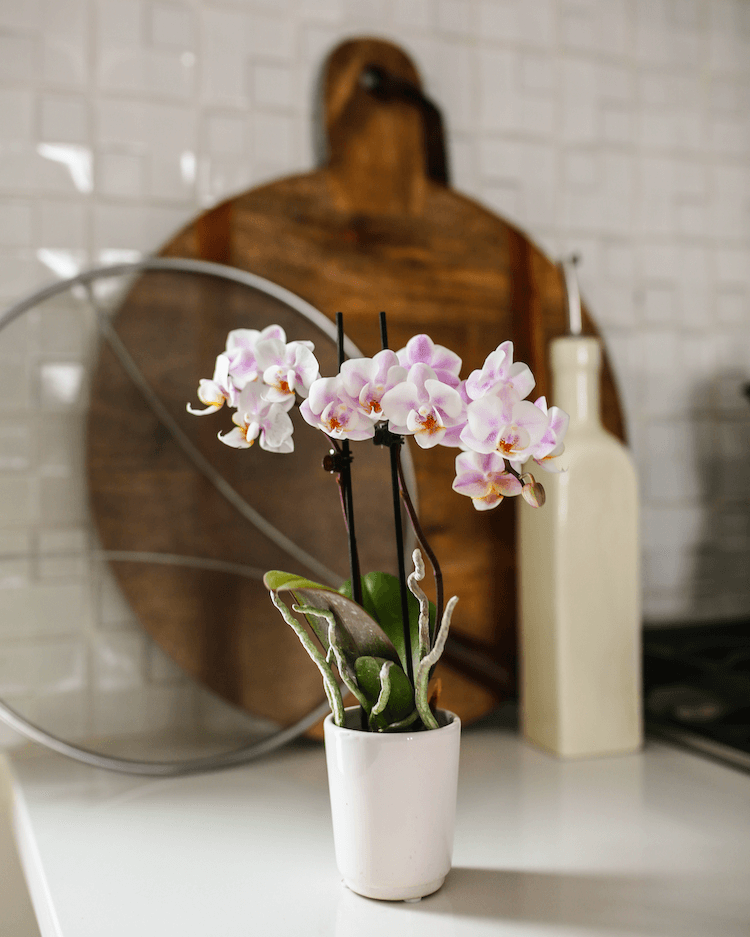
It’s easy to impulse-buy a new plant baby — we’re not judging! But before you get your wallet out, stop to think about the lighting in your home and if it can accommodate your newest addition. Does your plant enjoy less sunlight or loads of it? Can it dwell in low-light conditions? Will it get sunburn if you put it in that window?
Here are a few ways to properly judge the amount of light you get in your home and how to up the ante if you don’t have quite enough.
It’s important to understand where the light comes into your home at different times of the day. Once you understand the sun's seasonal trajectories in relation to your home, you’ll figure out which areas get the most and least light with each season. Not every plant needs bright, direct sunlight, so make note of darker, less lit areas, too.
Depending on the position of the sun and your home, these are the types of sunlight you might experience:
Unless you live in a greenhouse, you likely have things in your home that will be sunlight obstructions for your new plants. Or perhaps your windows are smaller and there’s only so much light that comes in throughout the day. Whatever your case may be, here are a few things to watch out for:
Orchids prefer places with bright, indirect sunlight, just like they would get in their natural habitats. This means placing them near eastern or southern-facing windows. In the wild, Phalaenopsis orchids are epiphytic (air-growing), meaning they cling to trees and stumps, drawing moisture from the mist and rain and decomposing leaves. This also means they are shielded from direct sunlight because their host takes the brunt of it.
Anthuriums prefer bright, indirect sunlight. They need more sunlight to bloom, but they can survive in lower-light conditions. Placing an anthurium in direct sunlight will burn the leaves. An east-facing window is the best bet.
Money trees love bright, indirect sunlight, but they can live happy lives in lower-light environments. Just like orchids or anthuriums, too much sunlight will scorch their leaves. East, west and south-facing windows will provide plenty of light. If you notice too much light coming in, try moving your money tree away from the window or filtering the light with a sheer curtain.
Whether you have a home full of windows or just a few, you’re sure to find some plants that work with what you have. And when in doubt, plug in that grow light! Shop our collection to find a new plant to bring home today.

Copyright Just Add Ice® Orchids 2023